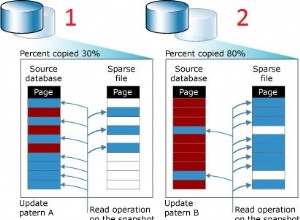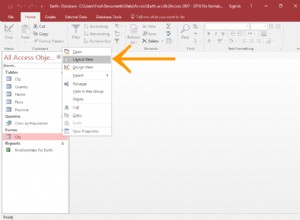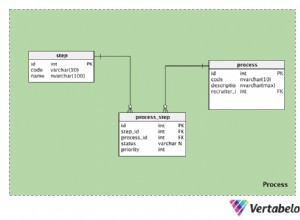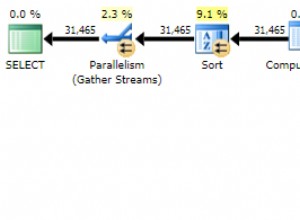Sí, puedes hacer eso.
Materiales que necesitas:
- Servidor web
- Una base de datos almacenada en el servidor web
- Y un poco de conocimiento de Android :)
- Servicios web (json, XML, etc.) con lo que se sienta cómodo
<uses-permission android:name="android.permission.INTERNET" />
por ejemplo:
public class JSONfunctions {
public static JSONObject getJSONfromURL(String url) {
InputStream is = null;
String result = "";
JSONObject jArray = null;
// Download JSON data from URL
try {
HttpClient httpclient = new DefaultHttpClient();
HttpPost httppost = new HttpPost(url);
HttpResponse response = httpclient.execute(httppost);
HttpEntity entity = response.getEntity();
is = entity.getContent();
} catch (Exception e) {
Log.e("log_tag", "Error in http connection " + e.toString());
}
// Convert response to string
try {
BufferedReader reader = new BufferedReader(new InputStreamReader(
is, "iso-8859-1"), 8);
StringBuilder sb = new StringBuilder();
String line = null;
while ((line = reader.readLine()) != null) {
sb.append(line + "\n");
}
is.close();
result = sb.toString();
} catch (Exception e) {
Log.e("log_tag", "Error converting result " + e.toString());
}
try {
jArray = new JSONObject(result);
} catch (JSONException e) {
Log.e("log_tag", "Error parsing data " + e.toString());
}
return jArray;
}
}
MainActivity Hacer un objeto de la clase JsonFunctions y pase la url como argumento desde donde desea obtener los datos
por ejemplo:
JSONObject jsonobject;
jsonobject = JSONfunctions.getJSONfromURL("http://YOUR_DATABASE_URL");
y si tiene algún problema, puede seguir este blog, ofrece excelentes tutoriales de Android AndroidHive
Dado que la respuesta anterior que escribí fue hace mucho tiempo y ahora HttpClient , HttpPost ,HttpEntity se han eliminado en Api 23. Puede usar el siguiente código en build.gradle (nivel de aplicación) para seguir usando org.apache.http en tu proyecto.
android {
useLibrary 'org.apache.http.legacy'
signingConfigs {}
buildTypes {}
}
o puede usar HttpURLConnection como a continuación para obtener su respuesta del servidor
public String getJSON(String url, int timeout) {
HttpURLConnection c = null;
try {
URL u = new URL(url);
c = (HttpURLConnection) u.openConnection();
c.setRequestMethod("GET");
c.setRequestProperty("Content-length", "0");
c.setUseCaches(false);
c.setAllowUserInteraction(false);
c.setConnectTimeout(timeout);
c.setReadTimeout(timeout);
c.connect();
int status = c.getResponseCode();
switch (status) {
case 200:
case 201:
BufferedReader br = new BufferedReader(new InputStreamReader(c.getInputStream()));
StringBuilder sb = new StringBuilder();
String line;
while ((line = br.readLine()) != null) {
sb.append(line+"\n");
}
br.close();
return sb.toString();
}
} catch (MalformedURLException ex) {
Logger.getLogger(getClass().getName()).log(Level.SEVERE, null, ex);
} catch (IOException ex) {
Logger.getLogger(getClass().getName()).log(Level.SEVERE, null, ex);
} finally {
if (c != null) {
try {
c.disconnect();
} catch (Exception ex) {
Logger.getLogger(getClass().getName()).log(Level.SEVERE, null, ex);
}
}
}
return null;
o puede usar una biblioteca de terceros como Volley , Retrofit para llamar a la API del servicio web y obtener la respuesta y luego analizarla usando FasterXML-jackson , google-gson .




